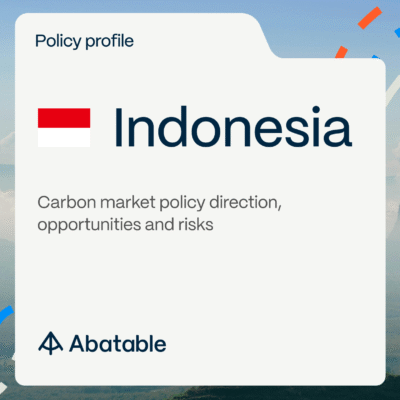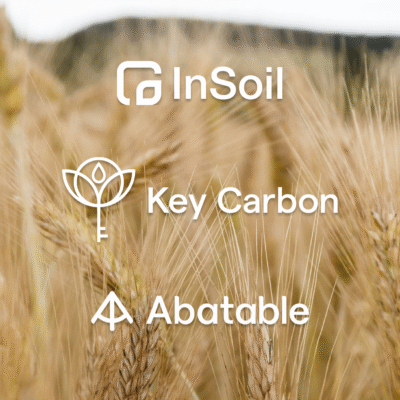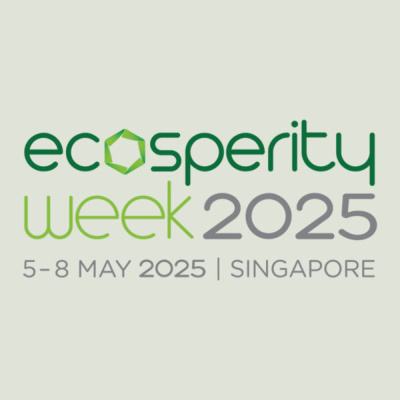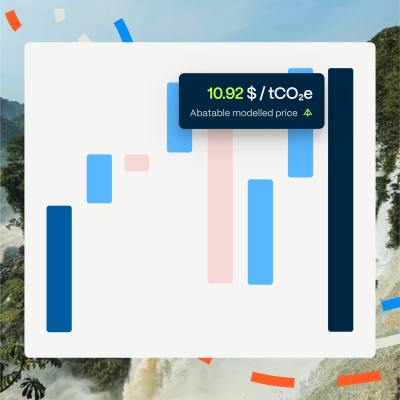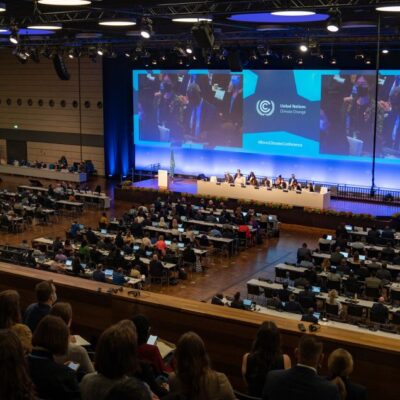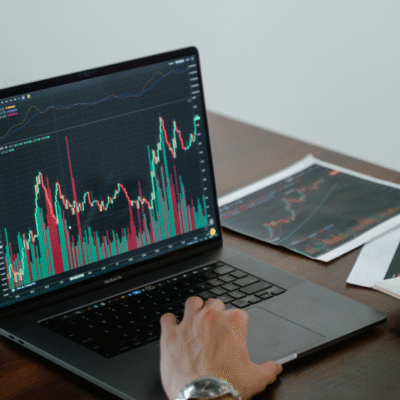In September Abatable launched its inaugural VCM Investment Attractiveness Index in collaboration with Howden. The Index is a tool to evaluate and rank countries on the attractiveness of their voluntary carbon market (VCM) investment and development opportunities.
Following the launch, Abatable posed some questions to Charlie Pool, Head of Carbon Insurance at Howden, on what stood out to him from this year’s rankings.
Why did Howden decide to collaborate with Abatable on the Index?
CP: For a number of reasons. First, the Index is an important tool for the market, both in terms of its utility for those looking to make investment decisions, and also to aid overall market efficiency by collating a number of country-level investment factors in one place.
Second, collaborating with Abatable was a great opportunity for joint knowledge sharing, bringing together different perspectives and expertise to create a more diverse view and therefore better results for everyone – the team developing the Index and those that use it.
Lastly, we have a lot of respect for Abatable and the quality of research they put out so we wanted to collaborate together on this project.
What do you think the main takeaways are from this year’s rankings?
CP: The main thing is that the sheer number of factors assessed reflects the complexity of the voluntary carbon market. There are 24 indicators in total across the three pillars, which cover past and present government VCM action, countries’ environment and social opportunities and the broader socio-economic landscape.
The challenge for investors is understanding all these factors and the risks associated with them. Not many people do and, to some extent, you can see why there are difficulties in the market – it’s hard to expect people to be experts in everything. It’s also worth noting that these are just the country risks and investors also have to look at transactional risks, project risks and a range of other risks associated with carbon projects.
For me, this is where insurance plays a role as a risk management tool. Investors will have their due diligence checklists – basically the risks that they have to overcome and be comfortable with. Some will be happy with some things, others won’t be, and vice versa. If risks can be mitigated by transferring them to others that can accept them then that’s great, it allows capital to flow and deals to be done.
Was there anything that surprised you from the results or going through the process of setting up the Index framework?
CP: A big part was what we termed the “historical” indicators – those that are based on decisions that have already been made, versus the “momentum” indicators – those that signify future market opportunities.
There was a difference here between more “straight” political risk and how countries are engaging in carbon markets today – i.e. how comprehensively a country has already set up carbon registries might be quite different to how it is now making forward-looking statements or engaging with Article 6. I’m well aware of the complexities of project finance, but I enjoyed learning from others with different perspectives and my own understanding improved when fleshing out the methodology.
I was initially surprised at Kenya reaching the Index top spot but the reason for this is because of the balance between the three pillars of the Index – Kenya has one of the richest ecosystems of project developers and is very friendly to private investors. The opportunity for the VCM to have an impact in the country is also very large.
Is there anything in particular you think investors should look out for in the Index when doing their due diligence?
CP: Doing business in emerging markets can be tough and requires thorough research – you cannot simply substitute local expertise with an Index. But it can be a very useful supplementary tool.
Therefore understanding the methodology is critical when using this tool to make decisions. Every investor has a different risk appetite, what is attractive to one may not be attractive to another. Therefore diving into the pillars and indicators is important to allow users to view country risks and opportunities in relation to the factors that matter to them.
How will Howden use the Index in its work in the future?
CP: It’s a significant step forward in the work we are doing to create political risk products for carbon markets. The Howden political risk team has experts all over the world and it is a well-established business line. We have been getting requests from clients to help them manage all sorts of risks in regard to carbon, but increasingly in relation to country or political risk. So we are now taking that platform and applying well-established themes such as expropriation, but to carbon. The Index will help us identify areas to focus this work to ultimately accelerate the growth of the VCM.
A large driver for this increase in client interest is the lack of clarity around Article 6 and what that means for the market.
It is important for us as a business to show the role insurance can play in the VCM, particularly as an enabler. The power of insurance is its ability to remove blockers and unlock capital. That has a knock-on effect – it attracts more capital, plus it accelerates the speed with which deals can close, and those two things create a flywheel effect that will push forward the market.
To access the VCM Investment Attractiveness Index, click here. You can download the methodology here, and read more about the Index’s findings here.
Learn more about Howden here.



